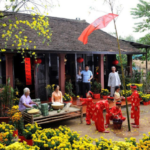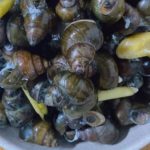Vietnamese cuisine is a delightful blend of flavors and textures, and one of its quintessential delicacies is the humble sausage, or “gio” as it is known locally. This savory treat is an integral part of Vietnam’s cultural heritage and plays a significant role in their festive celebrations.
1. The Significance of Sausage in the Tet Holiday
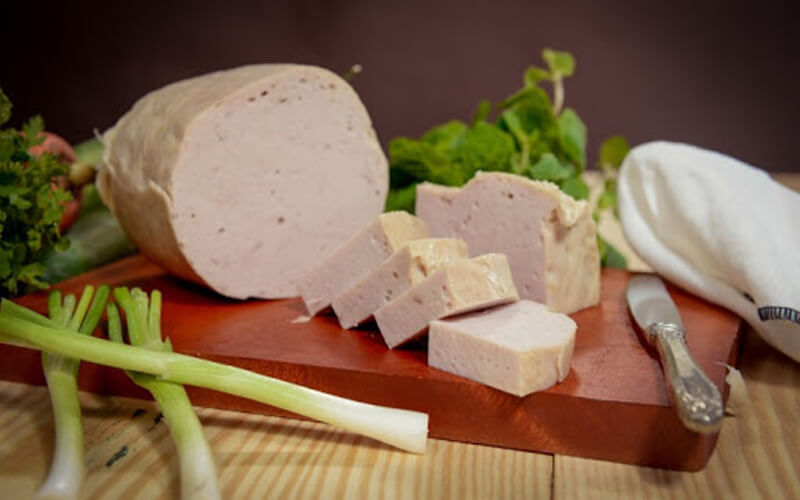 The Significance of Sausage in the Tet Holiday
The Significance of Sausage in the Tet Holiday
In Vietnamese culture, the sausage is a symbol of luxury and abundance. Its presence on the altar during the Tet festival is believed to bring good fortune and harmony to the family for the entire year. The offering of sausage to the ancestors is a way for the younger generation to show their respect and gratitude.
2. A Delicious Dozen: 10 Varieties of Sausage for the Tet Holiday
Silk Sausage (Cha Lua)
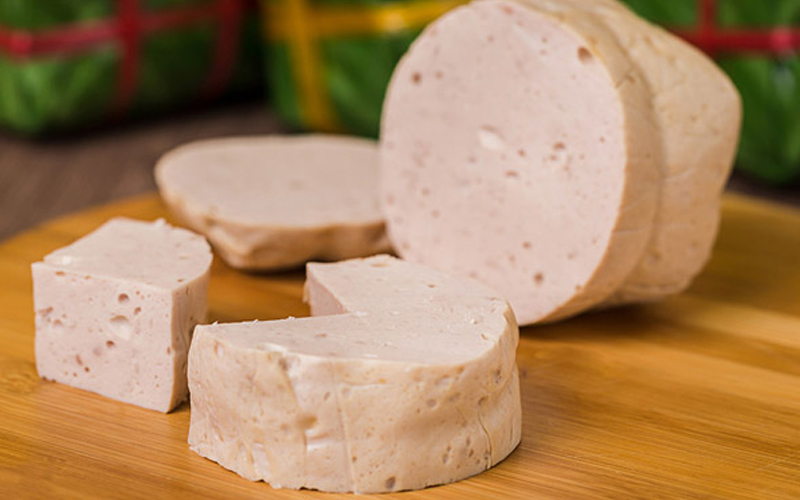 Silk Sausage (Cha Lua)
Silk Sausage (Cha Lua)
The quintessential Vietnamese sausage, known as “cha lua,” is a delicacy made primarily from lean pork leg meat, although other parts such as shoulder or loin can also be used. This meat is finely ground or pounded and mixed with fish sauce, garlic, and black pepper, resulting in a smooth and delicate texture. The sausage is then wrapped in banana leaves and boiled to perfection. When unwrapped, the sausage reveals a pale pink or white color, emitting a delightful aroma of pork and a hint of spices.
Cha lua is typically served in thin slices and can be enjoyed as is or accompanied by a squeeze of lime or chili sauce. It is a versatile ingredient that can be paired with various dishes such as vermicelli noodles, broken rice, or rice paper rolls. In Northern Vietnam, cha lua is an essential component of the traditional dish “banh giay,” a sticky rice cake. The renowned “cha lua Uc Le” from Thanh Oai district is a must-try for any sausage connoisseur.
For more information, see:
Beef Sausage (Cha Bo)
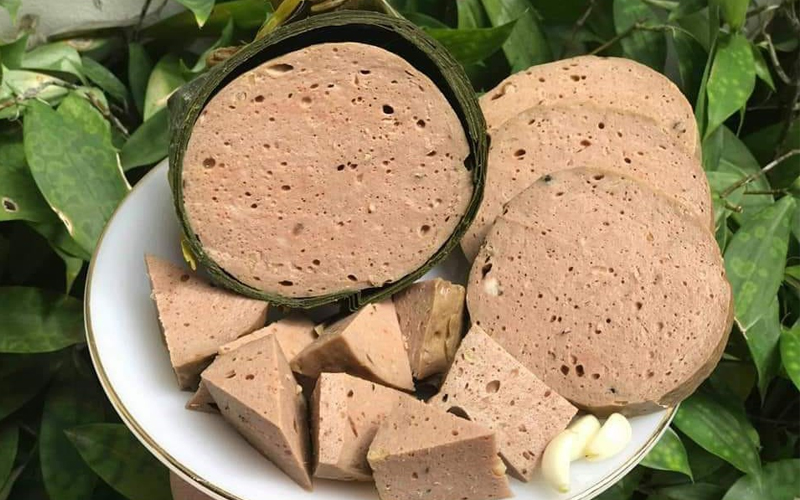 Beef Sausage (Cha Bo)
Beef Sausage (Cha Bo)
Cha bo, or beef sausage, is a popular variety that originates from Binh Dinh province. This sausage is crafted from a blend of beef, pork fat, annatto seeds, garlic, shallots, cornstarch, and baking powder. The mixture is seasoned with fish sauce, black pepper, and other spices, then wrapped tightly in banana leaves and boiled.
To ensure longevity, cha bo should be stored in the freezer at a temperature below -18 degrees Celsius, where it can last for about a month. When ready to serve, simply steam the sausage to warm it up.
Cha bo boasts a rich, brown color and a savory aroma. Its texture is crisp and juicy, making it a delightful addition to various dishes. It can be enjoyed on its own, paired with broken rice and herbs, or used as a topping for the iconic Vietnamese “pho” noodle soup.
For further insights, refer to:
Five-Color Flower Sausage (Cha Hoa)
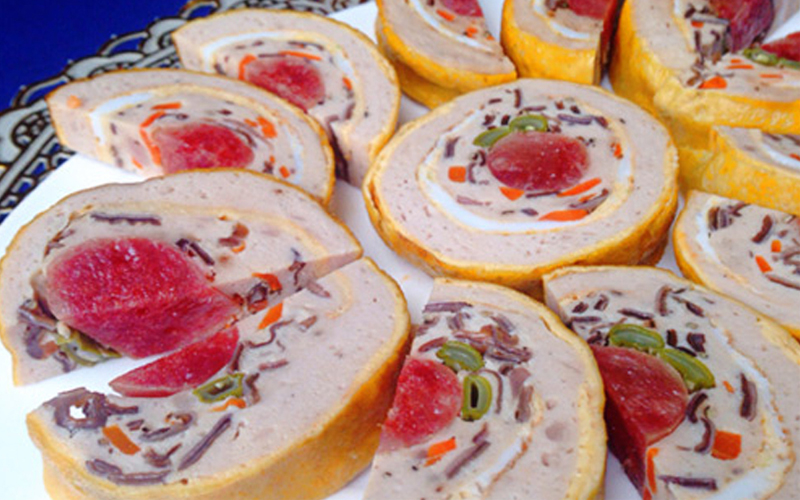 Five-Color Flower Sausage (Cha Hoa)
Five-Color Flower Sausage (Cha Hoa)
Cha hoa, or five-color flower sausage, is a vibrant addition to the Tet holiday spread. This sausage derives its name from the colorful ingredients used in its preparation, including carrots, pig ears, pig skin, black pepper, salted egg yolks, and wood ear mushrooms. These ingredients are ground and mixed together, then wrapped in banana leaves and steamed to perfection.
Cha hoa is characterized by its fragrant aroma and rich, buttery texture. The salted egg yolks impart a distinct savory note, while the black pepper adds a subtle kick. This sausage is typically served with rice or noodles and can also be enjoyed on its own.
Chicken Sausage (Cha Ga)
 Chicken Sausage (Cha Ga)
Chicken Sausage (Cha Ga)
Cha ga, or chicken sausage, is a delightful variation on the traditional pork sausage. This sausage is crafted from chicken meat and a blend of spices, resulting in a delicate pink or white color and a subtle aroma of chicken. While it may resemble cha lua in appearance, the taste is distinctly different. Cha ga is often served with broken rice and braised meat, or enjoyed on its own as a savory treat.
For additional insights, refer to:
Cinnamon Sausage (Cha Que)
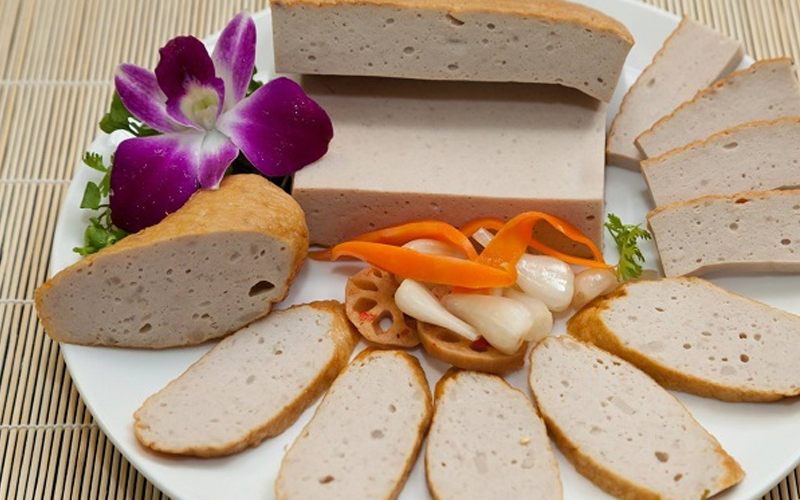 Cinnamon Sausage (Cha Que)
Cinnamon Sausage (Cha Que)
Cha que, or cinnamon sausage, is a fragrant and flavorful delicacy. This sausage is crafted from a blend of pork, chicken, cinnamon, fish sauce, and other spices, resulting in a deep yellow color and a robust aroma. While some may find the cinnamon flavor overpowering, others relish it. Cha que can be enjoyed on its own or incorporated into various dishes such as cinnamon sausage in tomato sauce, braised cinnamon sausage, or cinnamon sausage glazed with black pepper.
For more information, refer to:
Pig Skin Sausage (Cha Bi)
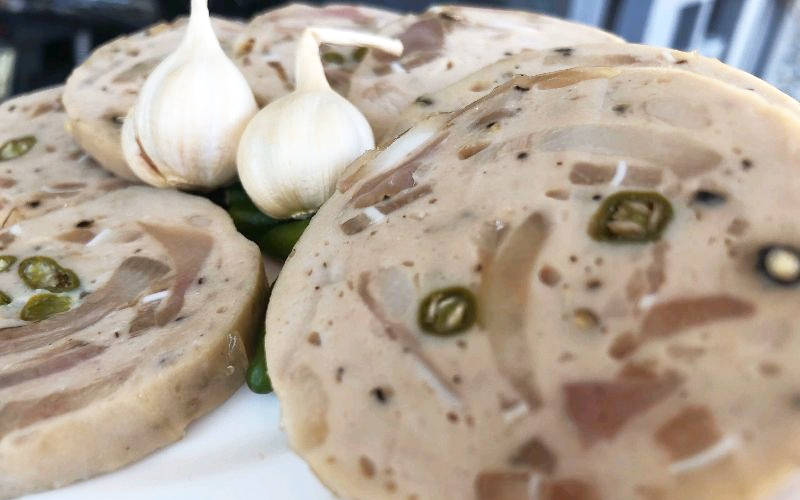 Pig Skin Sausage (Cha Bi)
Pig Skin Sausage (Cha Bi)
Cha bi, or pig skin sausage, is a variation on the classic cha lua, with the addition of pig skin for a chewier texture and more robust flavor. This sausage is made from a blend of ground pork, pig skin, fish sauce, sugar, black pepper, shallots, scallions, and sawtooth coriander. The mixture is wrapped in banana leaves and steamed to perfection. When sliced, cha bi reveals a creamy white color with translucent specks of pig skin. It is commonly used in dishes such as Vietnamese sandwiches, rice paper rolls, and steamed rice rolls. Cha bi is also a delicious accompaniment to a bowl of rice.
During the Tet holiday, cha bi is a customary offering on the ancestral altar, alongside dishes such as bamboo shoots, braised meat and eggs, and the traditional sticky rice cake.
Stewed Sausage (Cha Thu)
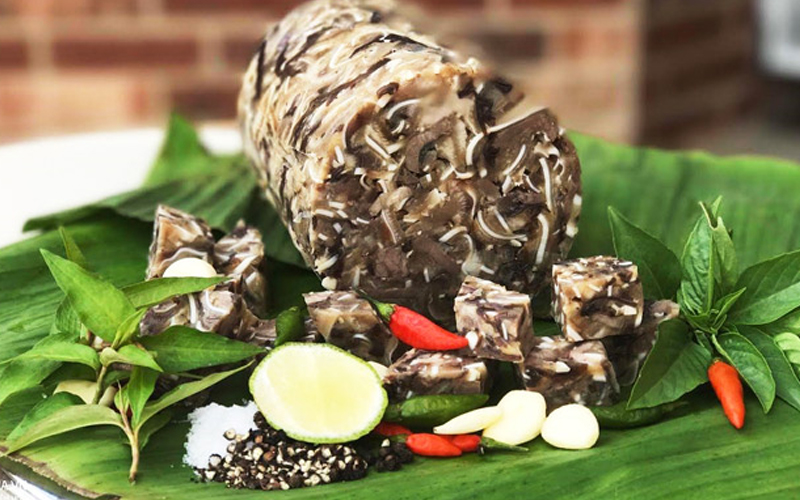 Stewed Sausage (Cha Thu)
Stewed Sausage (Cha Thu)
Cha thu, also known as “gio thu,” is a unique sausage variety that combines pig ears, tongue, snout, and wood ear mushrooms with a blend of spices. This sausage is characterized by its crisp and chewy texture and a savory flavor that never gets old. Cha thu is seasoned with ingredients such as shallots, garlic, MSG, cooking oil, and fish sauce, then wrapped in banana leaves and steamed.
When served, cha thu presents a beautiful blend of brown and yellow hues. It is typically enjoyed with a dipping sauce made from lime, chili, and salt, or as a standalone dish with rice.
For further insights, refer to:
Tamarind Sausage (Cha Me)
 Tamarind Sausage (Cha Me)
Tamarind Sausage (Cha Me)
Cha me, or tamarind sausage, is a specialty of Nghe An province. This sausage is crafted from a blend of ground veal and veal skin, seasoned with black pepper, shallots, and fish sauce. The preparation method is similar to other sausages, and the result is a visually appealing pink and yellow treat.
Cha me is best enjoyed in thin slices, dipped in a mixture of fish sauce and chili, or used as a filling for spring rolls. To ensure freshness, store cha me in the refrigerator and steam or lightly cook it before serving.
For additional information, see:
Horse Sausage (Cha Ngua)
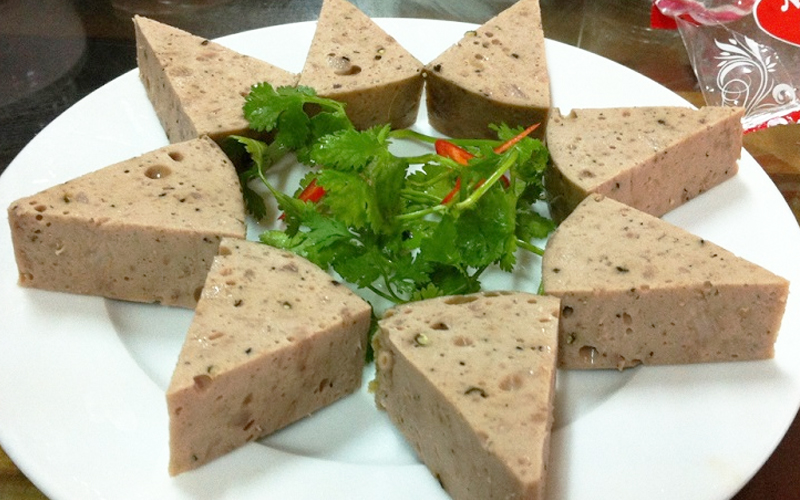 Horse Sausage (Cha Ngua)
Horse Sausage (Cha Ngua)
Cha ngua, or horse sausage, is a specialty of Bac Giang province. This sausage is crafted from a blend of horse meat, pork, pork fat, black pepper, and fish sauce. The mixture is ground, wrapped in banana leaves, and boiled to perfection. Cha ngua has a deep brown color and a unique, savory flavor that pairs well with noodles, rice, and other dishes.
For further insights, refer to:
Pig Ear Sausage (Cha Tai)
Cha tai, or pig ear sausage, is a delicacy that is commonly served during the Tet holiday. This sausage is made from pig ears and seasoned with a blend of spices, resulting in a chewy and flavorful treat. It is often served to guests during the festive season, accompanied by pickled vegetables or salted cabbage.
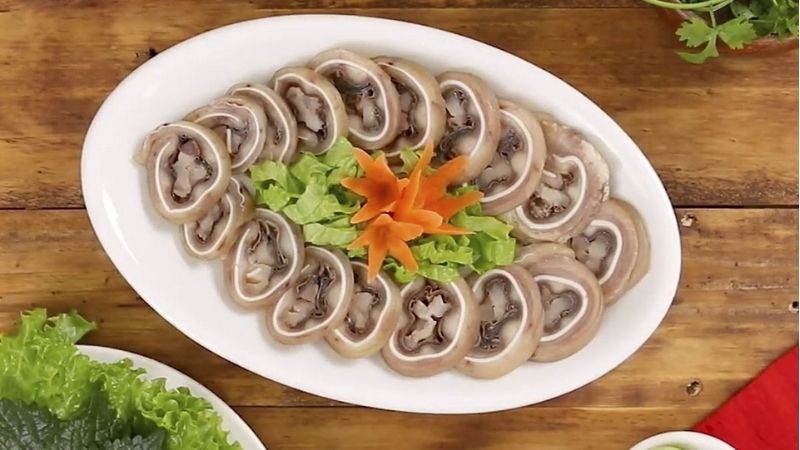 Pig Ear Sausage (Cha Tai)
Pig Ear Sausage (Cha Tai)
We have explored the myriad varieties of gio, each with its own unique regional flair, that come together to form the rich tapestry of Vietnamese cuisine.
The Origin and Meaning of Lunar New Year: Exploring the Celebration
The vibrant and joyous celebration of Lunar New Year is a festival steeped in tradition and held dearly by the Vietnamese people. This article will explain to you the rich history and symbolism behind this important event – Tet!

























